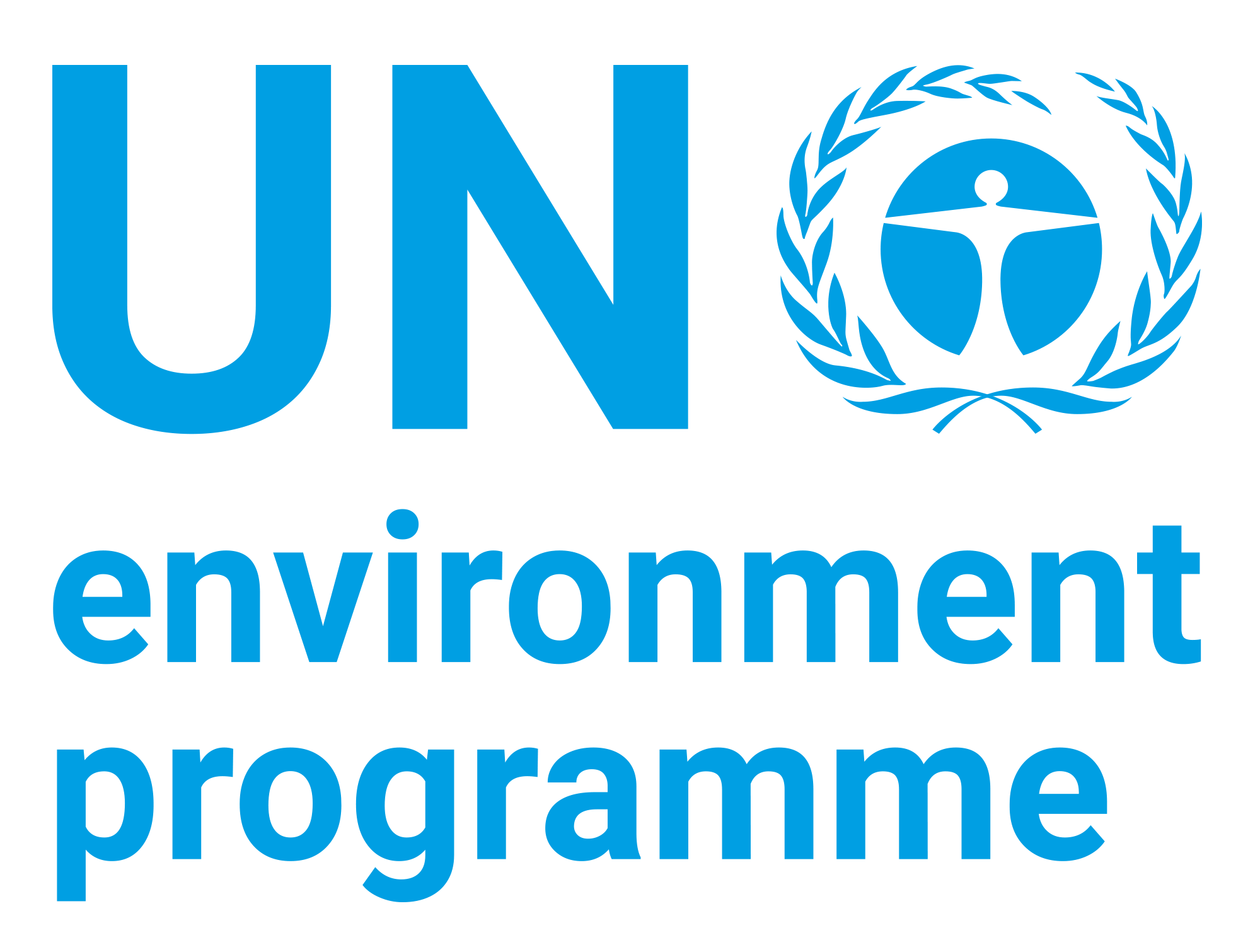Dichlorvos - Environmental Health Criteria 79
| dc.contributor | Economy Division | en_US |
| dc.contributor.author | United Nations Environment Programme | en_US |
| dc.contributor.author | International Labour Organisation | en_US |
| dc.contributor.author | World Health Organization | en_US |
| dc.date.accessioned | 2019-08-14T08:04:53Z | |
| dc.date.available | 2019-08-14T08:04:53Z | |
| dc.date.issued | 1989 | |
| dc.identifier.isbn | 92 4 154279 9 | en_US |
| dc.identifier.uri | https://wedocs.unep.org/20.500.11822/29385 | |
| dc.description | Dichlorvos, an organophosphate, is a direct-acting cholinesterase (ChE)l inhibitor. Since 1961, it has been commercially manufactured and used throughout the world as a contact and stomach insecticide. It is used to protect stored products and crops (mainly in greenhouses), and to control internal and external parasites in livestock (granules of impregnated resin) and insects in houses, buildings, aircraft, and outdoor areas (as aerosols, liquid sprays, or impregnated cellulosic, ceramic, or resin strips). The present worldwide production of dichlorvos is about 4 million kg per year. | en_US |
| dc.format | Text | en_US |
| dc.language | English | en_US |
| dc.rights | Public | en_US |
| dc.subject | chemical | en_US |
| dc.subject | environmental health | en_US |
| dc.subject | micro-organism | en_US |
| dc.subject | carcinogen | en_US |
| dc.subject | toxic substance | en_US |
| dc.title | Dichlorvos - Environmental Health Criteria 79 | en_US |


